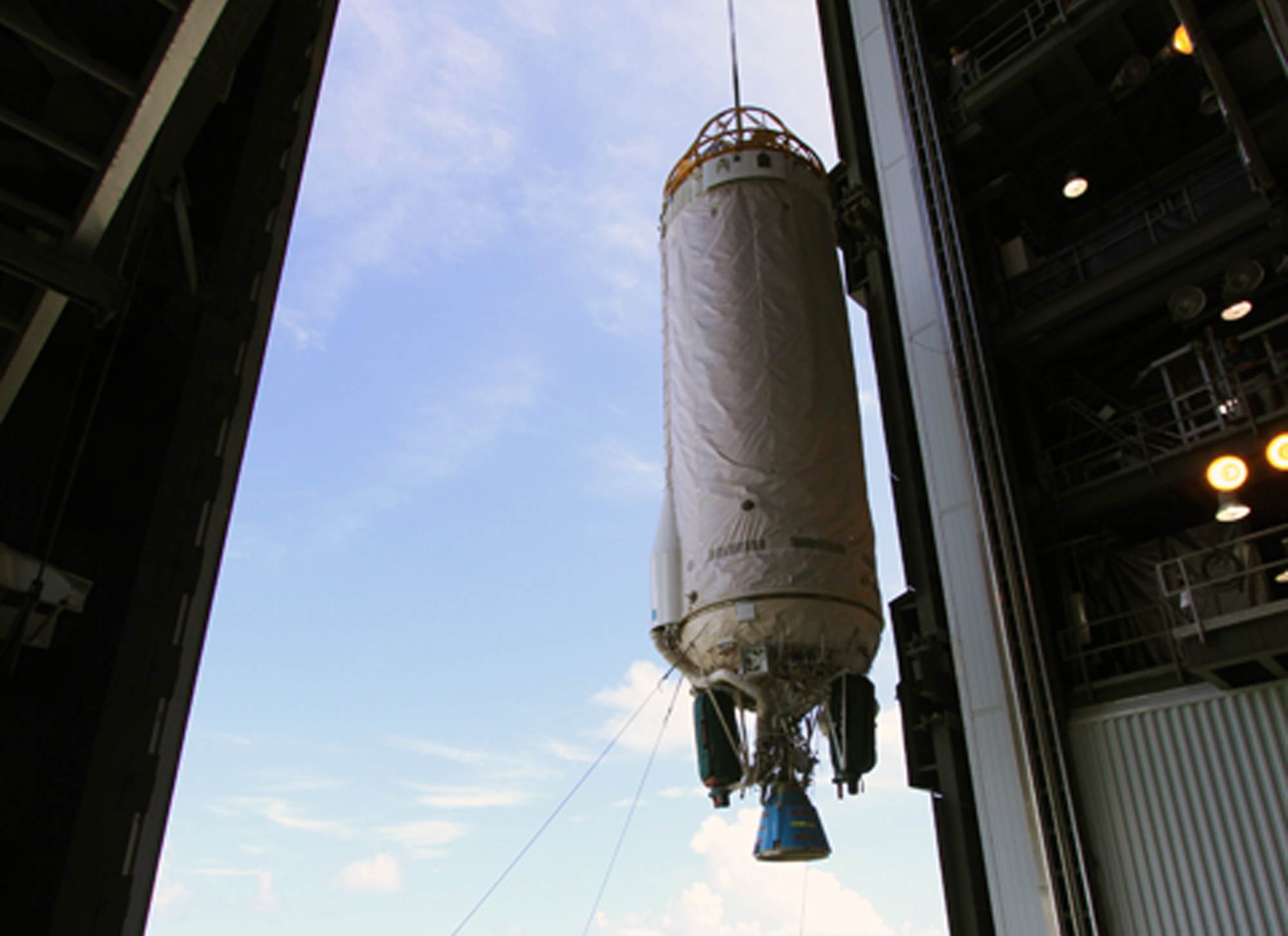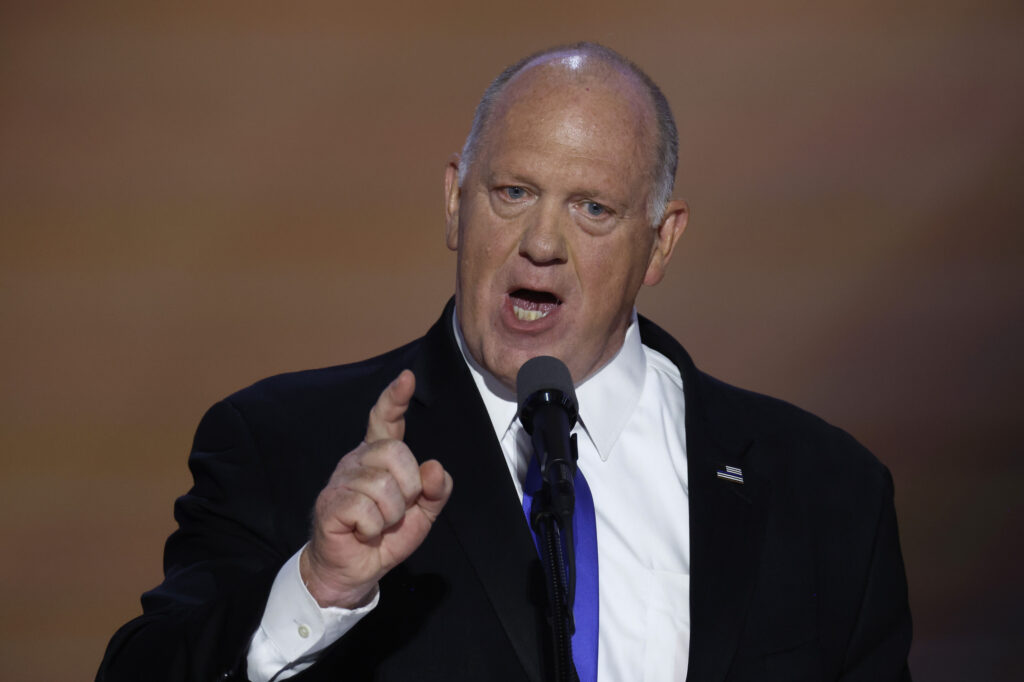FAA to complete orbital debris upper stage regulations in 2025

Top Stories Tamfitronics

WASHINGTON — The Federal Aviation Administration is moving ahead with efforts to develop rules for the disposal of upper stages as another Centaur upper stage breaks apart in orbit.
Slingshot Aerospace, which operates a network of telescopes to track objects in orbit, said Sept. 6 that a Centaur upper stage left in a geostationary transfer orbit from the March 2018 Atlas 5 launch of the GOES 18 weather satellite had broken up. The company noted that the stage appeared intact in one image taken at 1:16 a.m. Eastern that day but another taken 16 minutes later showed a debris cloud.
🚨 Slingshot Orbital Alert 🚨 (Post 2/2)
The Slingshot Global Sensor Network is currently tracking 40+ objects related to the breakup of an ATLAS 5 CENTAUR Rocket Body (NORAD ID: 43227) at ~05:21 UTC this morning (September 6th, 2024). pic.twitter.com/I5wfHrsUqI— Slingshot Aerospace (@sling_shot_aero) September 6, 2024
Slingshot said it was tracking more than 40 pieces of debris from the Centaur, which had been in an orbit with a perigee of 7,634 kilometers and apogee of 34,953 kilometers. In that orbit, the company concluded, the debris posed “no immediate risk to active satellites.”
The incident is the fourth time a Centaur upper stage has broken up since 2018. In the earlier three cases, the breakups created hundreds of pieces of debris, but no known collisions. That has raised questions about a potential design flaw with the stage or a failure to “passivate” the stage by venting propellant tanks and draining batteries, removing energy that could cause a breakup.
Tory Bruno, chief executive of Centaur manufacturer United Launch Alliance, said on social media Sept. 7 that the company was passivating the stages. “All Centaurs have been thoroughly passivated after placement in the designated junkyard or reentry orbit,” he wrote. “They are incapable of coming apart on their own.”
That incident, as well as the breakup of a Chinese Long March 6A upper stage in low Earth orbit shortly after the launch of 18 broadband satellites Aug. 6, serve as reminders of the threat upper stages pose to space sustainability. The objects, with both large masses and large cross-sections, pose risks of breakups and collisions that can generate large amounts of debris.
It was with these concerns in mind that that Federal Aviation Administration released draft regulations nearly one year ago regarding disposal of upper stages on launches licensed by the agency. The rules would direct launch operators to dispose of upper stages in one of five ways, from controlled reentries to placement in graveyard or “disposal” orbits not commonly used by operational satellites.
The FAA is reviewing public comments it received on the draft regulations to refine the final rule. “It’s a high priority for our organization,” said Kelvin Coleman, FAA associate administrator for commercial space transportation, at the Commercial Developments in Low Earth Orbit symposium Sept. 6 organized by George Washington University’s Space Policy Institute and The Aerospace Corporation. “We expect to have our orbital debris rule published some time in 2025.”
He suggested that the final rule would retain the requirement to dispose of upper stages in one of five ways. One potential change is in the timeframe for an uncontrolled reentry of an upper stage, which in the draft rule was no more than 25 years. “We got a lot of comments that said it should be a lot less,” he said. “We’re taking that into consideration.”
One challenge those rules could face is a Supreme Court ruling in June that struck down the concept of “Chevron deference” that had given agencies greater latitude, or deference, to interpret ambiguities in laws enforced by them. Critics have noted that neither the FAA nor the Federal Communications Commission, which has its own orbital debris regulations, is explicitly authorized in federal law to regulate on the topic.
That question of authority for regulating orbital debris did not come up during the panel discussion at the meeting. “We think this is really important when we talk about LEO commercialization,” he said, citing the need for companies to have a safe environment in low Earth orbit. “Our role is to try and do what we can to help make LEO a sustainable and safe environment.”

Jeff Foust writes about space policy, commercial space, and related topics for SpaceNews.He earned a Ph.D. in planetary sciences from the Massachusetts Institute of Technology and a bachelor’s degree with honors in geophysics and planetary science…More by Jeff Foust
Discover more from Tamfis Nigeria Lmited
Subscribe to get the latest posts sent to your email.



 Hot Deals
Hot Deals Shopfinish
Shopfinish Shop
Shop Appliances
Appliances Babies & Kids
Babies & Kids Best Selling
Best Selling Books
Books Consumer Electronics
Consumer Electronics Furniture
Furniture Home & Kitchen
Home & Kitchen Jewelry
Jewelry Luxury & Beauty
Luxury & Beauty Shoes
Shoes Training & Certifications
Training & Certifications Wears & Clothings
Wears & Clothings
















